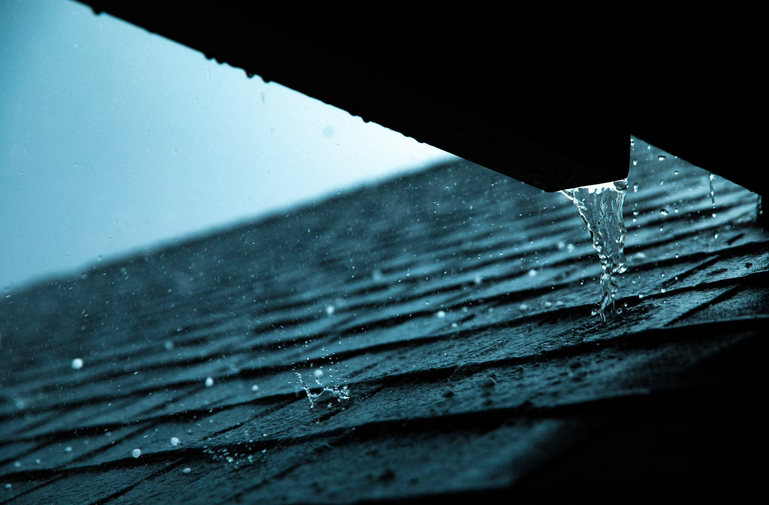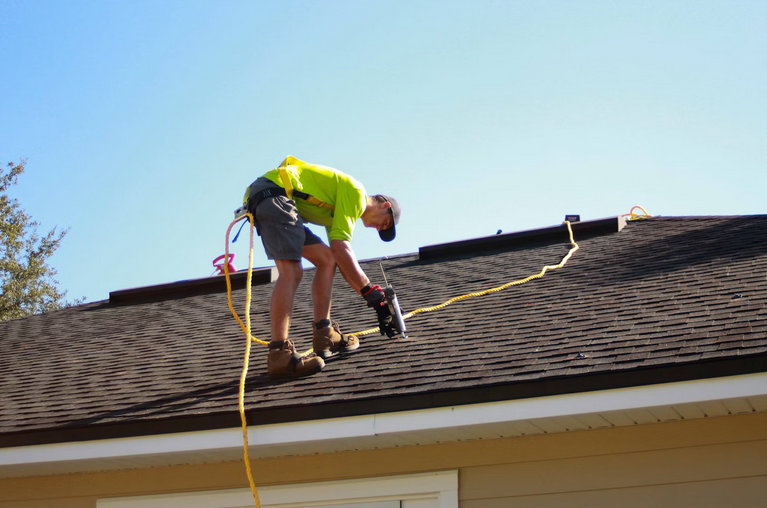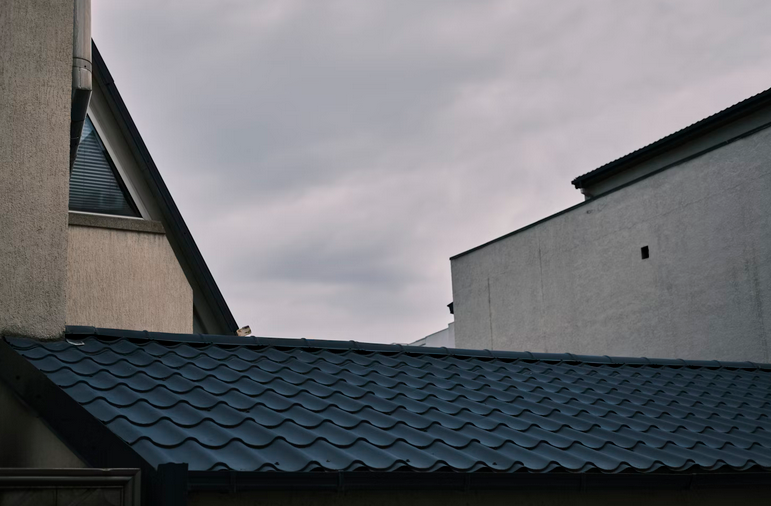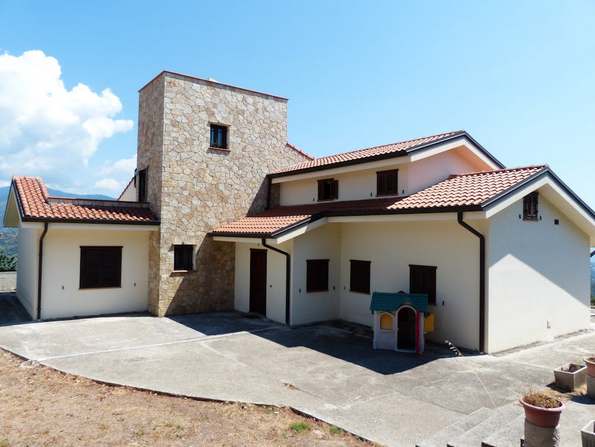Your roof plays a crucial role in safeguarding your home from the elements. While there are many roofing materials available, rubber roofing stands out for its durability and low-maintenance qualities. Roofing contractor helps you assess whether rubber roofing is the best fit for your home, guide you through the installation process, and provide tips on maximizing its lifespan with proper maintenance. Whether you’re considering rubber roofing or already have it installed, understanding how it protects your home and how to maintain it can help you get the most out of this investment.
The Longevity of Rubber Roofing: What Makes It So Durable?

Unlike traditional roofing materials that can wear down quickly in harsh weather, rubber roofing is designed to withstand the elements for decades.
Here’s why rubber roofing is built to last:
- Weather Resistance: Rubber roofing is incredibly resistant to extreme weather conditions. Whether you’re dealing with heavy rain, snow, or intense sun, rubber roofing provides a strong barrier against water and UV rays, helping to prevent leaks and damage.
- Flexibility: One of the standout features of rubber roofing is its flexibility. It can expand and contract with temperature changes, reducing the risk of cracks and tears with more rigid materials.
- Longevity: With proper care, rubber roofing can last 30 to 50 years. This makes it an excellent long-term investment for homeowners looking for a roofing solution that won’t need frequent replacement.
Maintenance Tips to Keep Your Rubber Roof in Top Condition

While rubber roofing is known for being low maintenance, a little upkeep can extend its lifespan and maintain its protective qualities. Here are some simple maintenance tips to ensure your rubber roof stays in top shape:
1. Regular Inspections
Conduct regular inspections of your rubber roof, especially after extreme weather events. Look for any signs of damage, such as punctures, tears, or loose seams. Catching these issues early can prevent them from becoming more significant problems.
2. Clean the Roof Surface
Keep your roof clean by removing debris like leaves, branches, and dirt. This helps prevent mold, mildew, and algae growth, affecting the roof’s longevity. You can clean your rubber roof with a soft-bristle brush and a mild detergent mixed with water. Avoid using harsh chemicals or power washers, as these can damage the rubber.
3. Check for Pooling Water
Although rubber roofing is highly resistant to water, standing water can still pose a problem over time. If you notice pooling water on your roof, check for drainage issues and consider adding extra drainage solutions if necessary.
4. Seal Seams and Flashings
The seams and flashings of your rubber roof are critical points that can be vulnerable to leaks. Regularly inspect these areas and reapply seam tape or adhesive if you notice any deterioration. Properly sealed seams and flashings will ensure your roof remains watertight.
5. Trim Overhanging Branches
Overhanging branches can scrape against the surface of your rubber roof, causing wear and tear over time. Keep nearby trees trimmed to prevent branches from damaging the roof and to reduce the amount of debris that can accumulate.
6. Address Small Repairs Promptly
If you notice any minor issues during your inspections, address them promptly. Minor tears or punctures can often be easily repaired with a patch or adhesive designed for rubber roofing. Ignoring minor problems can lead to larger, more expensive repairs down the line.
Long-Term Benefits of Rubber Roofing for Your Home

Rubber roofing offers several long-term benefits that make it an attractive option for homeowners:
- Energy Efficiency: Rubber roofing has excellent insulating properties, which can help reduce your home’s energy consumption. It reflects heat in the summer and retains warmth in the winter, potentially lowering your heating and cooling costs.
- Environmental Impact: Many rubber roofs are made from recycled materials, and at the end of their lifespan, they can be recycled again. This makes rubber roofing an eco-friendly choice for those looking to reduce their environmental footprint.
- Cost-Effective: While the initial installation cost of rubber roofing may be higher than some traditional materials, its longevity and low maintenance requirements can save you money in the long run. You’ll spend less on repairs and replacements, making rubber roofing a cost-effective investment.
Rubber roofing is an excellent choice for homeowners who want a durable, low-maintenance, and environmentally friendly roofing option. Its ability to withstand harsh weather, resist damage, and last for decades makes it a reliable protector of your home.

